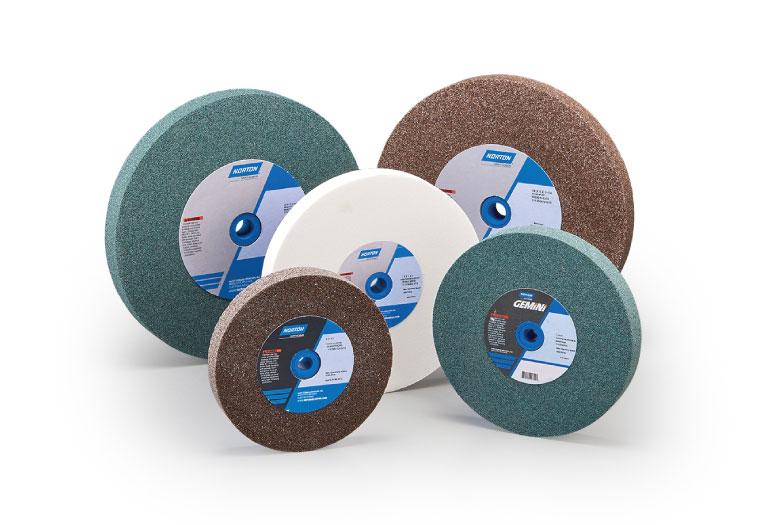Abrasive Grinding Wheels Are an Essential Tool

An abrasive grinding wheel is a versatile tool that is commonly used in metalworking and other industrial applications. It is a type of cutting tool that is made up of abrasive particles and a bonding agent that holds the particles together. These particles can be made from various materials such as diamond, aluminum oxide, silicon carbide, or cubic boron nitride, depending on the desired cutting properties.
The abrasive grinding wheel is designed to grind, cut, and shape hard materials, such as metals, ceramics, and glass. The wheel's design and construction are critical in determining its cutting ability, precision, and durability. The bonding agent used in the wheel can vary, such as resin, vitrified, or metal, to suit the material being cut and the operating conditions.
Abrasive grinding wheels come in various shapes and sizes, including straight wheels, cylindrical wheels, cup wheels, and dish wheels. The type of wheel used will depend on the application, the material being cut, and the desired finish. For example, a straight wheel is best for surface grinding, while a cup wheel is suitable for grinding curved or angled surfaces.
Safety is critical when using abrasive grinding wheels. The high-speed rotation of the wheel generates significant heat and can cause the wheel to shatter if not used correctly. To prevent accidents, users should wear appropriate protective gear, such as safety glasses, gloves, and a face shield. They should also ensure that the wheel is correctly mounted, balanced, and not damaged or cracked.
In conclusion, abrasive grinding wheels are an essential tool in industrial applications. They are versatile and can cut, grind, and shape various materials. However, safety should always be a top priority when using them to prevent accidents and ensure proper use.
- Art
- Causes
- Crafts
- Dance
- Drinks
- Film
- Fitness
- Food
- الألعاب
- Gardening
- Health
- الرئيسية
- Literature
- Music
- Networking
- أخرى
- Party
- Religion
- Shopping
- Sports
- Theater
- Wellness
- IT, Cloud, Software and Technology


